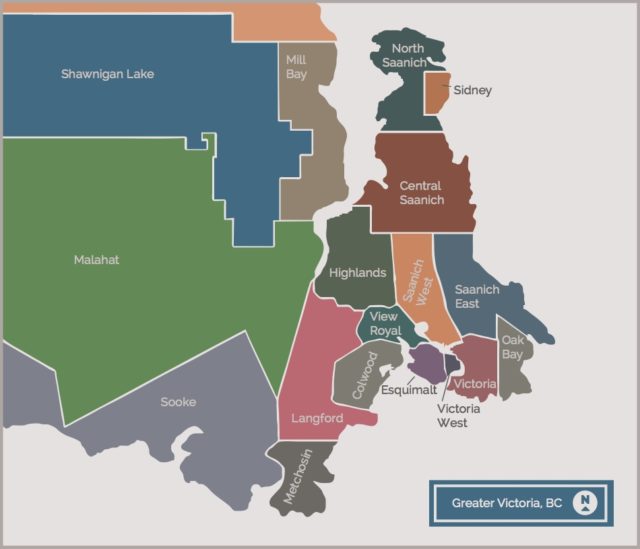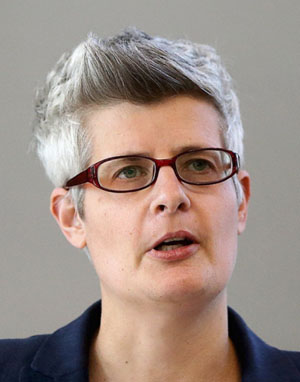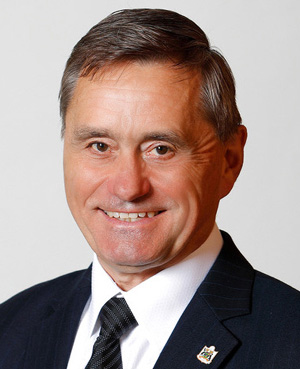
Monday November 2, 2020 | GREATER VICTORIA [updated at 4:30 pm with October VREB stats]
by Mary P Brooke, editor | Island Social Trends
Tomorrow four mayors of 13 in the Greater Victoria area will take a run at discussing a range of issues affecting the local and regional economy in this year 2020 during the pandemic.
The discussion panel will be held during the noon-hour Annual General Meeting of the Greater Victoria Chamber of Commerce on Tuesday November 3, via Zoom.

Taking part in the discussion will be the mayors of Victoria (Lisa Helps), Saanich (Fred Haynes), View Royal (David Screech) and Colwood (Rob Martin). Their four municipalities are members of the Victoria Chamber and the mayors were available to take part.
Regional transportation:
Issues that those four municipalities share include an interest in regional transportation. Generally speaking, Victoria and Saanich are the destination for daily weekday commuters (government office, businesses, major post-secondary) while Colwood is out in the western communities where people reside then commute into the core (and where a west shore ferry has been stirring in various discussions for a year or two). View Royal is smack in the middle of several regional transportation corridors, also being the locale of Victoria General Hospital which is a major employer.

Meanwhile, the COVID self-isolation that has seen many people working from home has changed the commuter profile somewhat. Fewer people may be heading into the core by vehicle (or at all) and more people are using bicycles for getting around.
At the beginning of this year, then-Minister of Transportation and Infrastructure Claire Trevena was the guest speaker at a Chamber luncheon promised a regional transportation plan for the south island region. Nothing fully cohesive emerged on that, though there was public input, discussions with municipalities, and continued on-the-ground progress in certain areas such as completion of the Highway 1 / Mckenzie Interchange and continued improvements on Highway 14 out to Sooke.
Jobs and economy:

No doubt the impacts of the COVID-19 pandemic on jobs and the economy will be discussed. Hardest hit has been the tourism sector (notably the cruise ship sector which is a big economic driver for downtown Victoria) which relies on travelling visitors as customers and the availability of low-wage workers to facilitate the various tourism-spinoff operations. People staying home and away from exposure to the virus has crashed all that.
Child care:
As NDP Leader (premier-elect) John Horgan said often during the recent provincial election campaign, if COVID has done one major thing for the economy, it’s to highlight how child care services are integral to a fully functioning economy. Child care availability allows parents of young children to take part in the workforce (the K-12 school system takes care of the older kids in that regard). It would be appropriate to hear the mayors discuss this topic tomorrow, as part of the economic impact on the entire region.
Mental health and addictions:

During the provincial election campaign, 11 of the capital region’s mayors also included mental health and addictions are part of their municipal concerns as expressed to provincial party leaders in a letter on October 7.
They called for mental health treatment and recovery options in our communities for youth, adults, and all those with complex needs, as well as to address the toxic drug supply and scale up access to safer pharmaceutical alternatives for people at risk across British Columbia.
Mental health issues germinate when non-inclusion is prevalent. That can result from systemic racism, income inequality, and gender bias.
Housing affordability:
The cost of living in Greater Victoria has always been high due to the unshakably confident real estate market which keeps housing prices artificially buoyant.
In September the average house sale price in Greater Victoria was over a million dollars at $1,075,891 (Victoria Real Estate Board stats). In the areas considered more affordable yet nearby to the core, the single family home sale price averages were $927,066 (Colwood), $813,745 (Langford), and $754,113 (Sooke). The average sale price for townhouses in September were $567,000 (Colwood), $507,570 (Langford), and $473,000 (Sooke). The average sale price for condos in those western communities in September was $438,000 (Colwood), $402,333 (Langford) and $376,575 (Sooke).
In October the average house sales price in Greater Victoria at $1,037,389 was only slightly lower than we saw in September. Single family homes in Colwood sold on average at $810,446, in Langford at $874,284 and in Sooke at $754,742. Townhouses sold on average in Greater Victoria at $635,676 in October; in Colwood the townhome average sale price was $600,733, in Langford it was $557,426, and in Sooke was $497,815. Last month, condos sold on average at $496,701 across Greater Victoria; in Colwood the average sale price was $507,725, in Langford $425,615, and in Sooke $469,960.
A one-bedroom apartment rental costs in the Victoria region was about $1,600 per month, according to data at PadMapper this summer. The mid-July 2020 statistics show a 15 per cent year over year increase in median rent prices for one- and two-bedroom apartments – the latter costing $1,990 per month on average.
For several years, downtown businesses in particular said they had a hard time retaining employees because housing/rental costs were too high for their workers. That also shows a problem with the wage-level for service-industry employment, if wages cannot sustain workers in the area where they are employed.
It will be important for the four mayors to examine housing affordability, the rental market, and the range of options for individuals, families and seniors to put a roof over their heads.
The AGM panel will be hosted by former broadcaster Bruce Williams.


